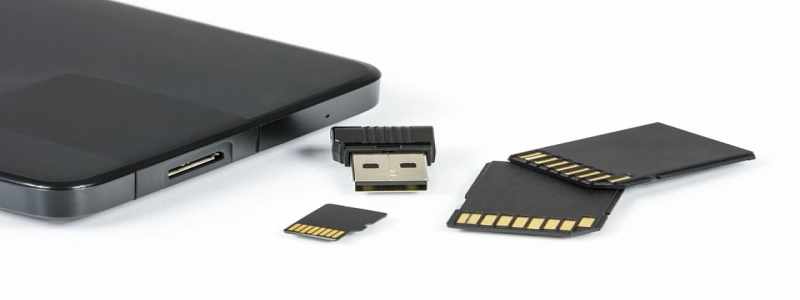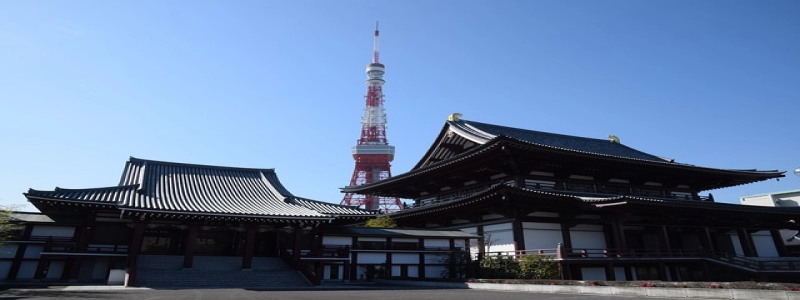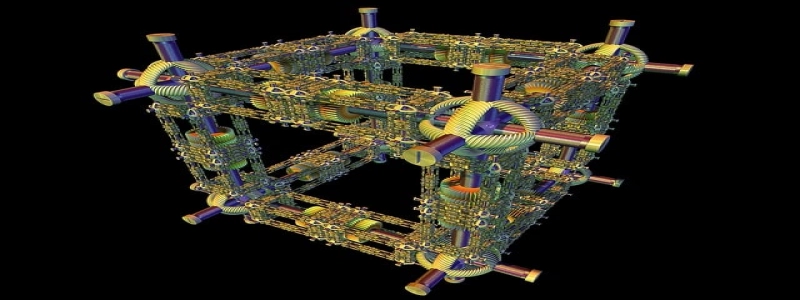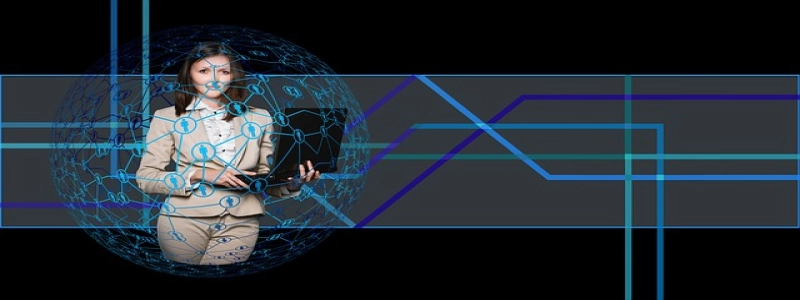# Aerial Fiber Optic Cable Installation
## 介绍
The installation of aerial fiber optic cables is an essential process in the development and implementation of high-speed internet and telecommunication networks. Aerial fiber optic cables provide a reliable and efficient method for transmitting data over long distances. This article will outline the various steps involved in the installation of aerial fiber optic cables.
## Planning and Design
Before the installation process begins, careful planning and design are crucial. This step involves identifying the required route for the aerial fiber optic cables, considering factors such as distance, topography, and existing infrastructure. Detailed surveys and measurements are conducted to ensure the cables are installed in the most efficient and effective manner.
## Equipment and Components
Once the planning and design phase is complete, the necessary equipment and components for the installation must be gathered. This includes fiber optic cables, poles or towers for aerial installation, cable clamps, connectors, and various tools required for installation and termination.
## Preparation of Infrastructure
Before the actual installation can begin, the important step of preparing the infrastructure is undertaken. This includes clearing any obstructions, such as trees or buildings, that may hinder the pathway of the aerial fiber optic cables. 此外, poles or towers are examined and reinforced to ensure they can support the weight of the cables and withstand external environmental factors.
## Cable Installation
The aerial fiber optic cables are then installed along the designated route. This involves attaching the cables to poles or towers, ensuring they are securely fastened using cable clamps. The cables are carefully tensioned to prevent sagging or excessive strain. Proper installation techniques are used to maintain the performance and durability of the cables.
## Splicing and Testing
Once the aerial fiber optic cables are installed, the next step is to perform splicing and testing. Splicing involves joining the individual cables together to create a continuous path for data transmission. This is done using fusion splicing or mechanical splicing techniques. After splicing, thorough testing is conducted to verify the quality and integrity of the connections and to ensure optimal performance of the fiber optic network.
## Safety Measures
Throughout the installation process, safety measures are of utmost importance. Proper training and equipment must be provided to the installation personnel. This includes the use of harnesses and other safety gear when working at heights. Adequate precautions should be taken to minimize the risk of accidents and injuries.
## 结论
The installation of aerial fiber optic cables is a complex process that requires careful planning, preparation, and execution. By following the proper procedures and ensuring safety measures are in place, the installation can be completed successfully. A well-installed aerial fiber optic cable network provides a reliable and efficient means of transmitting data, facilitating improved internet and telecommunication services for users.







